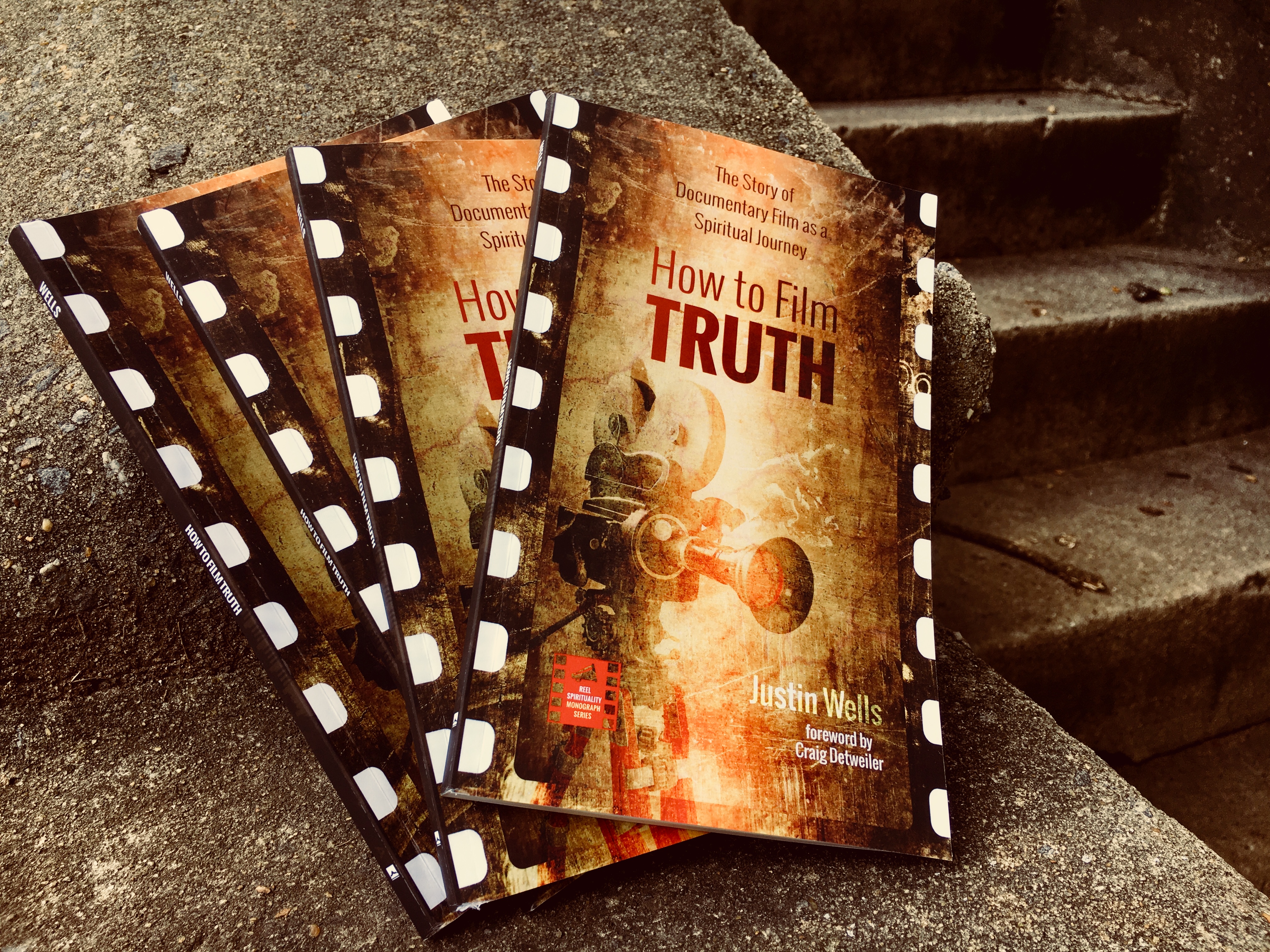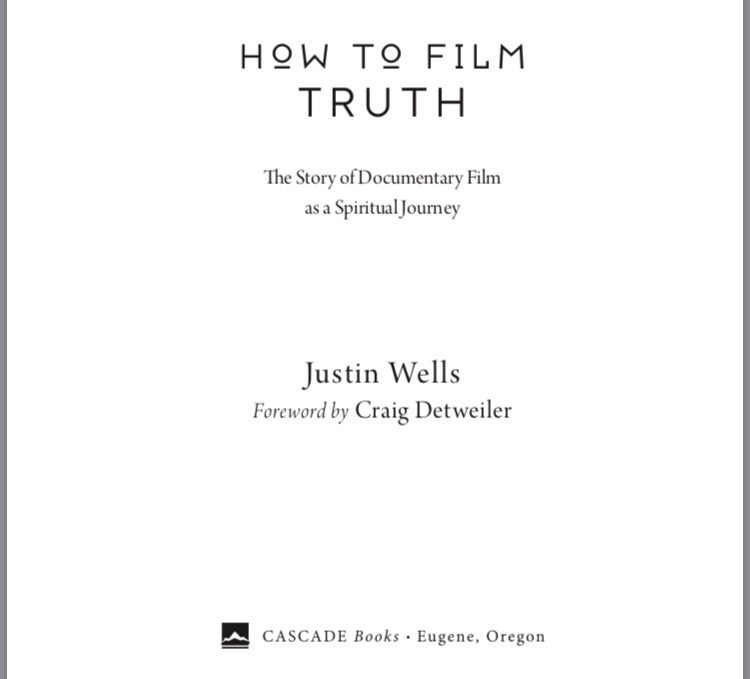Report From The Aleutians
Because of this apparent shortcoming, other filmmakers of the time chose to deal with the war in a more sophisticated and nuanced way. As we shall see, these nuanced ways of looking at the war often had more to do with character than plot and perhaps more to do with confession than testimony. These films would allow the audience to get to know the people involved in the war and then leave space for them to draw their own conclusions. John Huston is perhaps the most notable example of this approach. He produced a similar set of documentaries during the war but often ran into trouble with the war department (perhaps, as we shall see, it was because he was ahead of his time). His first film after joining the service was called Report From The Aleutians, shot in 1943. In it, he chronicled a bombing mission by the Americans against the Japanese in a very straightforward manner; very similar to the way Capra utilized the expository style. He included the events of the mission and narrated the events himself, but also chose to focus on the men involved, the ex-farmers, ex-storekeepers and ordinary people that made up the American […]

